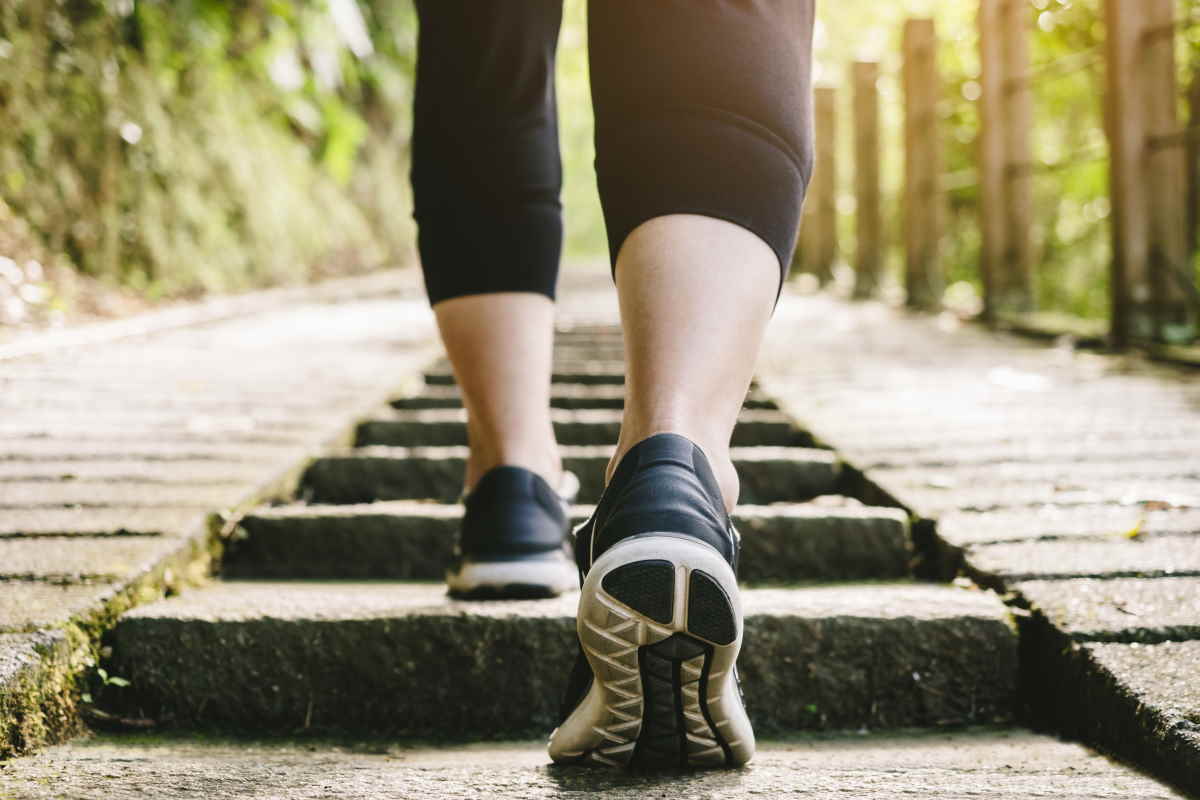Walking is one of the best systems we have to lose weight in the long term even if, remember, physical activity must always be associated with a balanced diet. The American personal trainer, Stephanie Mansour, recommends following a specific 31-day program that allows you to lose weight while walking.
Those who need to lose weight are generally advised to contact a nutritionist to draw up a correct diet suited to their needs, in the same way it is suggested to do regular physical activity. But what kind? Is there something that works for everyone? Undoubtedly yes: walking!
Beyond personalized programs, taking a walk is a great way to improve health, help with weight loss and, last but not least, clear your mind.
She is convinced of it Stephanie Mansour, health and fitness expert, certified personal trainer and yoga and pilates instructor, who a Today recalled some benefits of walking:
“Walking is excellent for reducing stress, improving circulation and mobility and increasing energy levels”,
In addition, if we decide to take a nice walk in the middle of nature, the benefits multiply. In fact, several studies have revealed that outdoor sports improve mood and the simple fact of being in contact with trees, or listening to the sound of birds, is of great help for people.
Stephanie Mansour also advises a 31-day program, designed by herself, which consists of days of light or moderate training but also of rest.
It was designed as a system, not only to lose weight and keep fit, but also to improve post-quarantine mental health (but of course it’s great to practice all the time).
Let’s see now how it works.
@ Brianna Steinhilber, NBC News
The 31 day plan
The 31-day plan involves using “interval training”, a system particularly suitable for losing weight by eliminating fat.
It involves walking at intervals, that is, you have to alternate periods of light activity with others of more intense activity. During the 31 days of the program, the training is divided into:
- Workout A, lighter
- Workout B, more challenging
- Rest days
The 31 days of this plan are divided as follows:
Workout A: to be practiced on days 1, 3, 5, 6, 10, 14, 19 and 25
Workout B: on days 8, 11, 13, 15, 18, 21, 22, 23, 26, 27, 29, 30 and 31
Rest in the days: 2, 4, 7, 9, 12, 16, 20, 24 e 28
But now let’s see what the different workouts consist of.
Training A
On the days in which training A is scheduled we will have to follow this pattern:
- 3 minutes of warm-up at a normal pace
- 1 minute of brisk walking
- 2 minutes of normal walking
- alternate fast and normal walking for 12 minutes
- 3 minutes of normal walking to relax the muscles
Workout B
On the days when training B is to be practiced, the scheme to follow is this:
- 3 minutes of warm-up at a normal pace
- 1 minute of brisk walking
- 1 minute of normal walking
- 10 minutes of fast walking and alternating normal walking
- 1 minute of brisk walking
- 30 seconds of normal walking
- 6 minutes alternating between 1 minute of fast walking and 30 seconds of normal walking
- 3 minutes of normal walking to relax the muscles
The workouts do not last more than 20-25 minutes, so anyone can do them at any time of the day when you have half an hour free (it is important, however, to bring the training plan to follow with you).
The more ambitious can even repeat the sequence a second time before lowering their heart rate with a leisurely final walk.
During the rest days you can still walk freely, do some stretching or any other workout. The “rest” days, explained the personal trainer, are simply inserted for those who want to start slowly and increase their stamina.
Other suggestions
During the workout you must inhale through the nose and exhale through the mouth, as recommended in any other cardio exercise but also pull the navel towards the spine to involve the core (area of the body that includes abdominal muscles, paraspinal muscles, pelvic floor, buttocks and more).
Also pay attention to the posture, the shoulders must be very straight so as not to bend forward while walking.
Follow us on Telegram | Instagram | Facebook | TikTok | Youtube
Fonte: Today
Read also:
.
